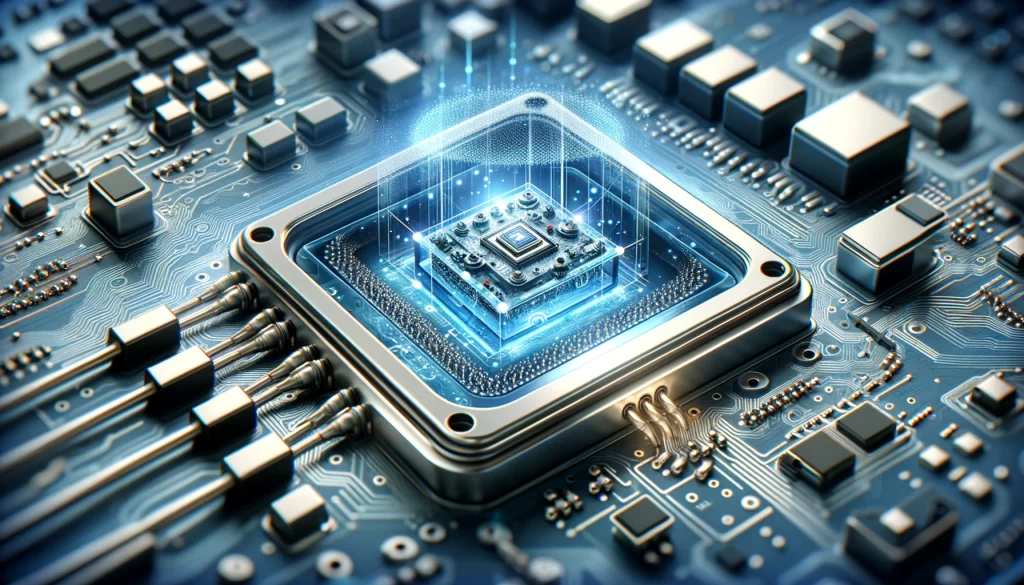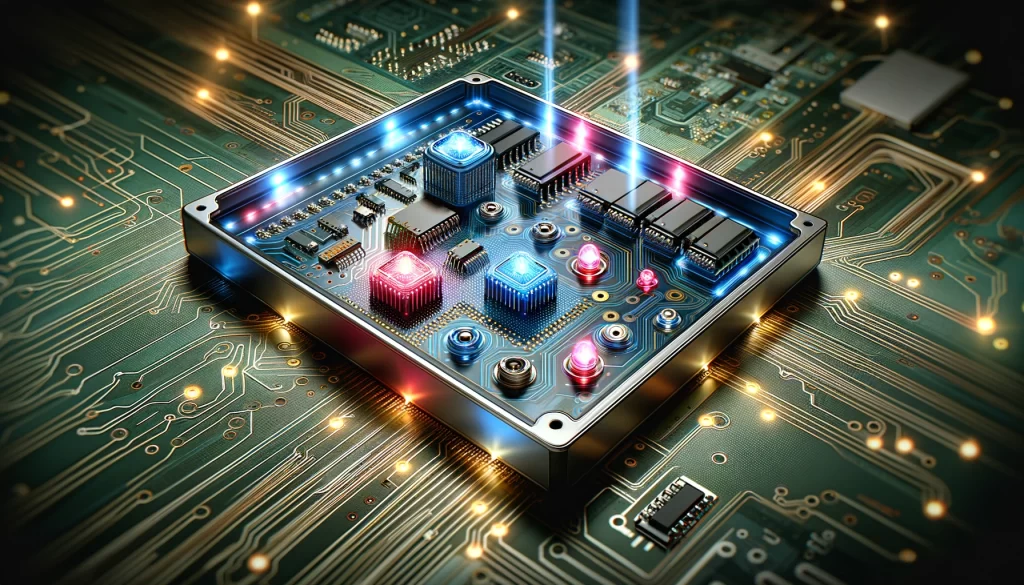Introduction
Nanotechnology, the manipulation of matter on an atomic or molecular scale, is revolutionizing various industries, including electronics. Its application in membrane switch technology presents exciting possibilities. This blog explores how nanotechnology is transforming membrane switches, offering insights for companies like ElastoKey.
Nanotechnology in Membrane Switches
- Enhanced Durability: Nano-coatings can make membrane switches more resistant to wear, environmental factors, and chemical exposure.
- Improved Electrical Conductivity: Nanomaterials can enhance the conductivity of circuits, leading to more efficient and responsive switches.
- Thinner, Lighter Designs: Nanotechnology allows for the production of thinner, lighter, yet more durable membrane switches, ideal for compact electronic devices.
Advantages of Nanotechnology-Enhanced Membrane Switches
- Increased Lifespan: Nano-enhanced materials can significantly extend the life of membrane switches.
- Greater Flexibility: Allows for more innovative design possibilities, especially in conforming to unique shapes and surfaces.
- Enhanced Sensitivity and Tactile Response: Improves user experience, particularly in touch-sensitive applications.
Applications
- Medical Devices: Nanotech membrane switches can offer higher reliability and hygiene.
- Consumer Electronics: Enhanced aesthetics and functionality for user interfaces.
- Industrial Controls: Greater durability and efficiency in harsh environments.
Challenges and Considerations
- Cost Implications: The integration of nanotechnology can increase production costs.
- Manufacturing Complexity: Requires advanced techniques and equipment.
- Regulatory Compliance: Ensuring that nano-enhanced switches meet industry standards.
Future Prospects
- Self-Healing Surfaces: Nanotechnology could enable membrane switches with self-repair capabilities.
- Integrated Sensors: The potential for integrating various sensors directly into the membrane switch.
Conclusion
The integration of nanotechnology into membrane switch design represents a significant leap forward in functionality, durability, and efficiency. For manufacturers like ElastoKey, staying abreast of these advancements is crucial for maintaining a competitive edge and meeting the evolving needs of a tech-savvy market.




